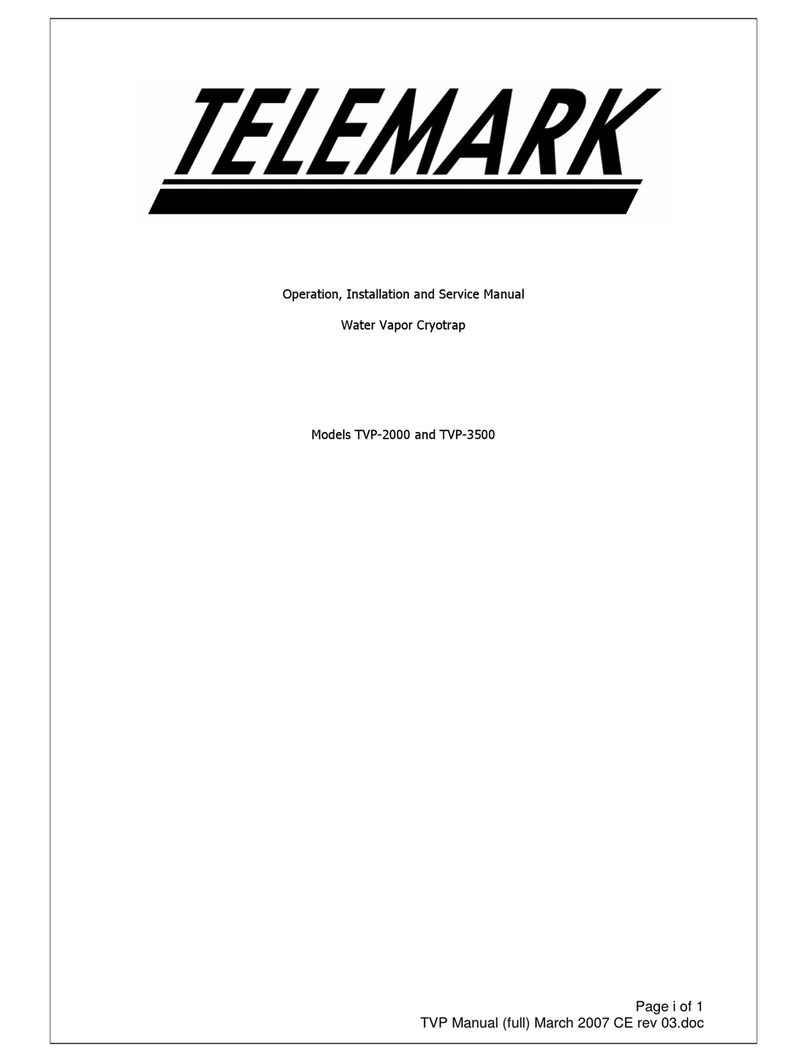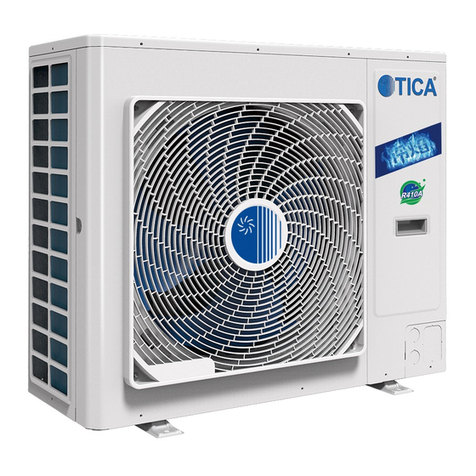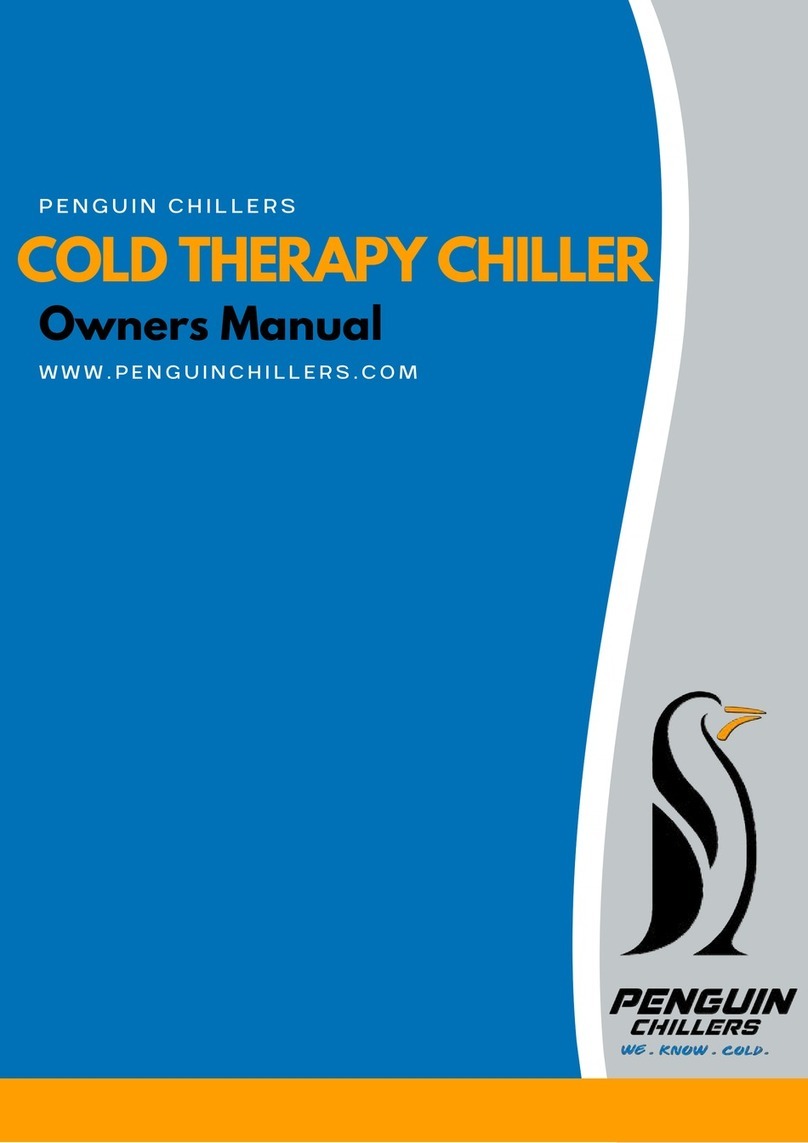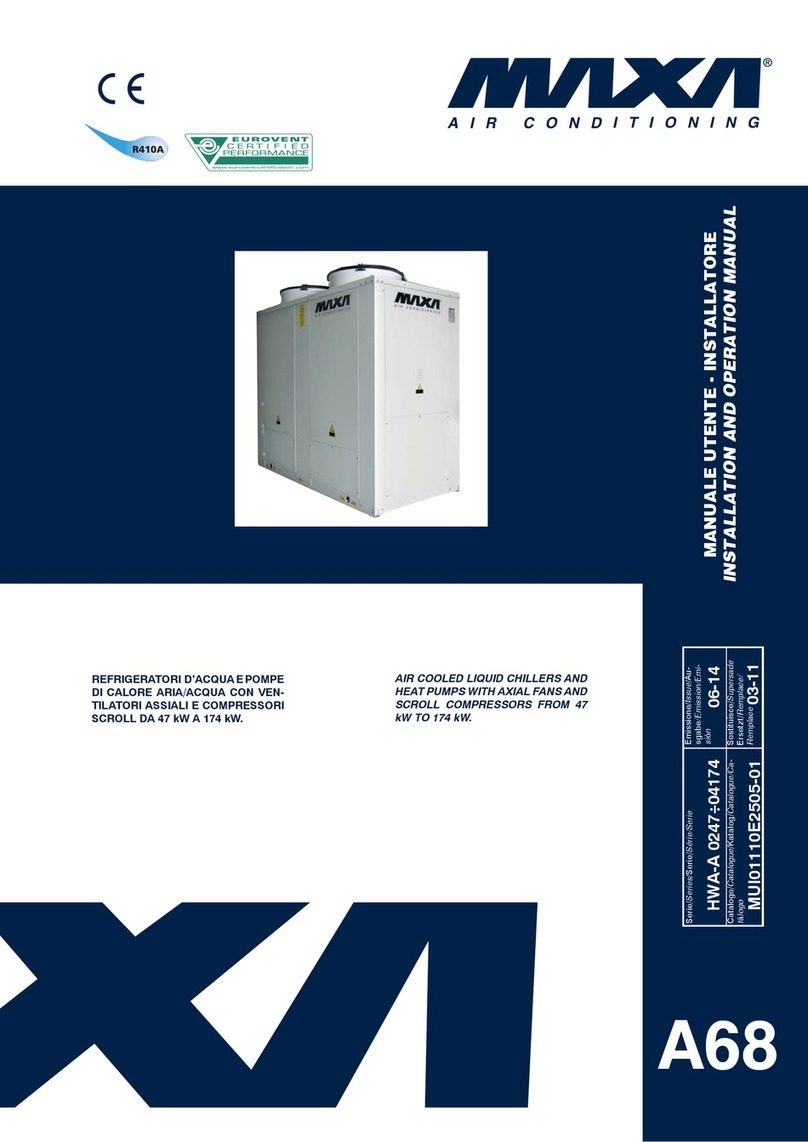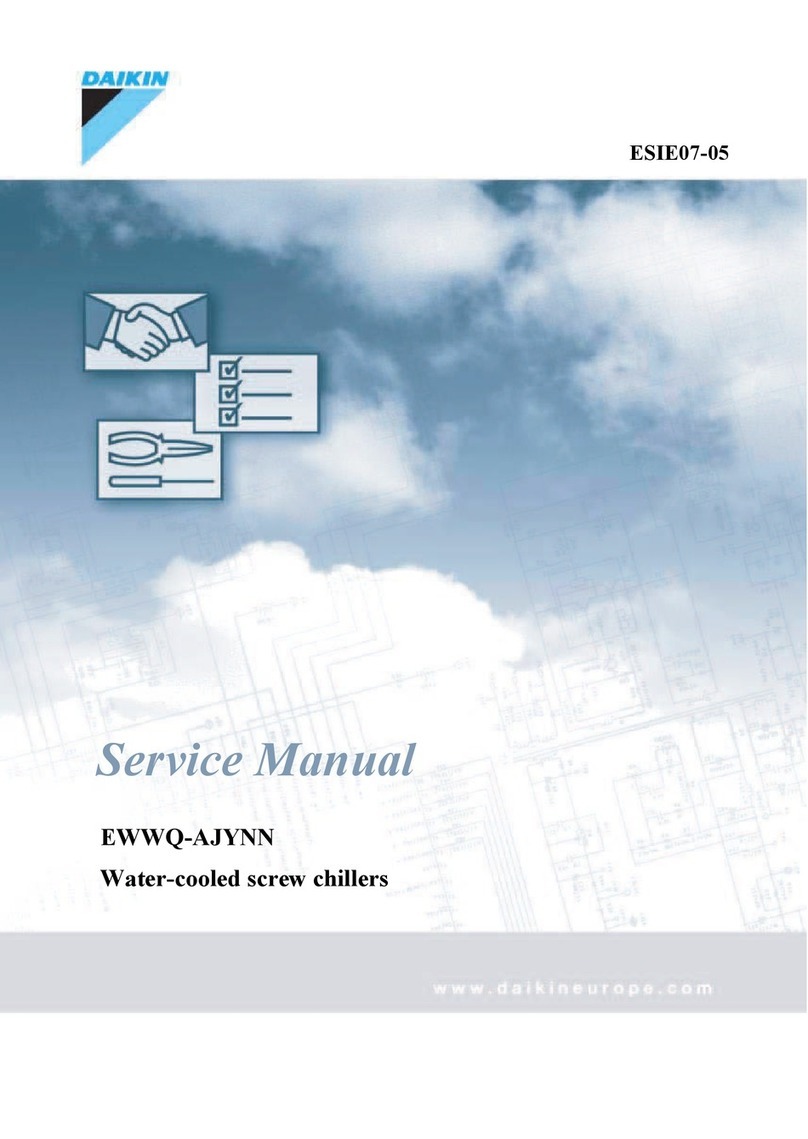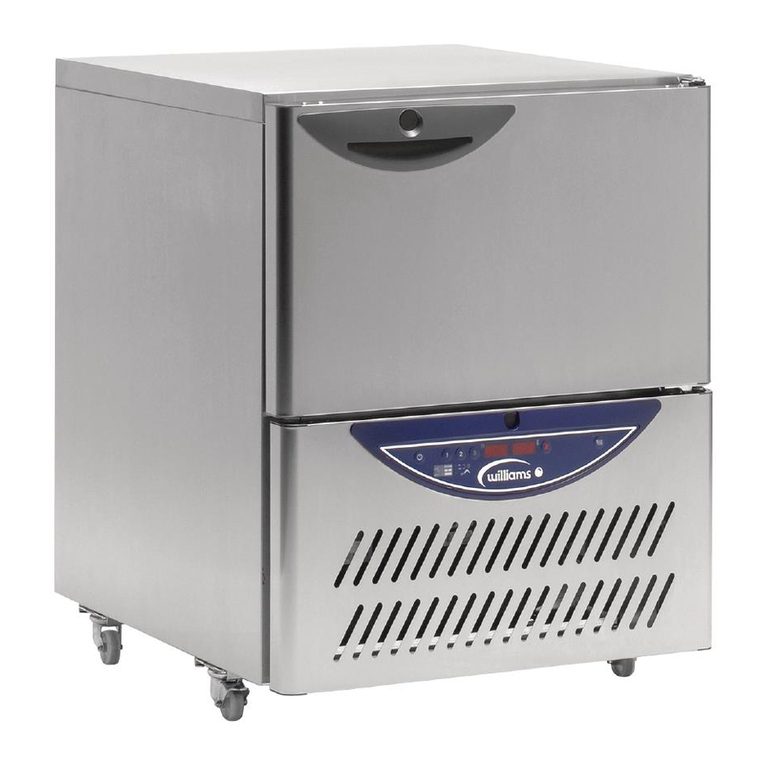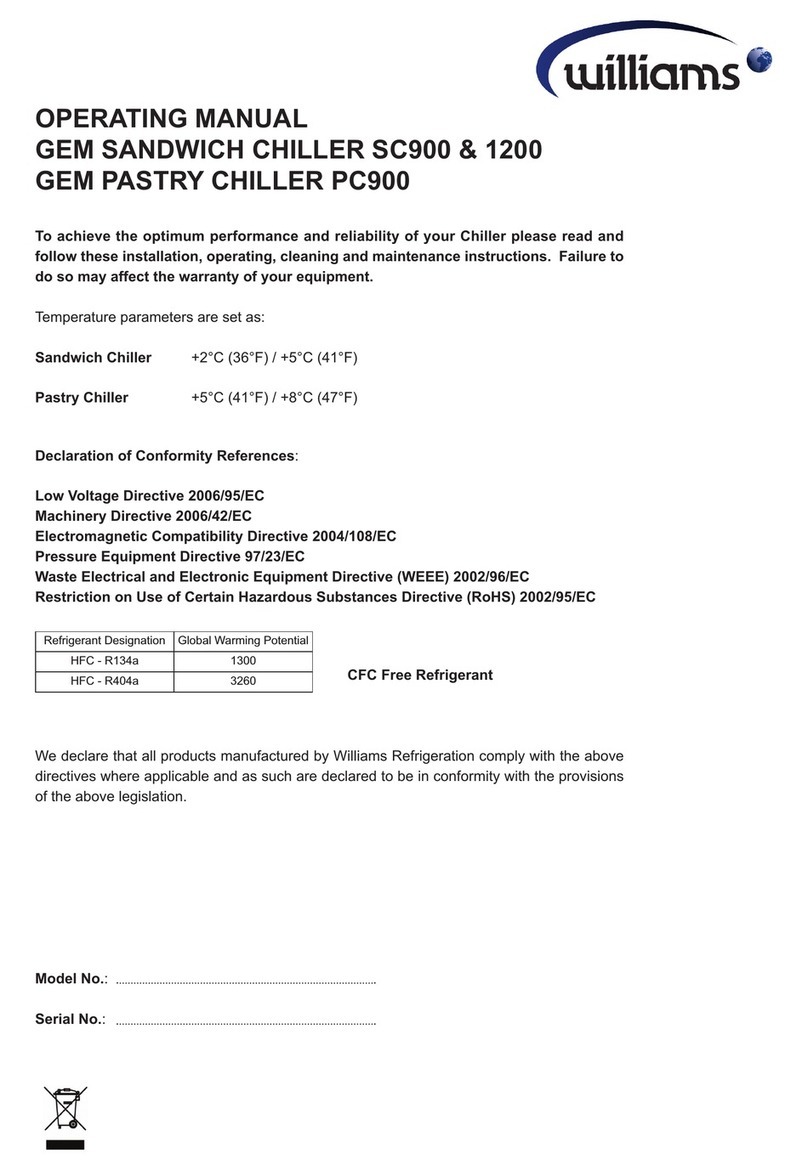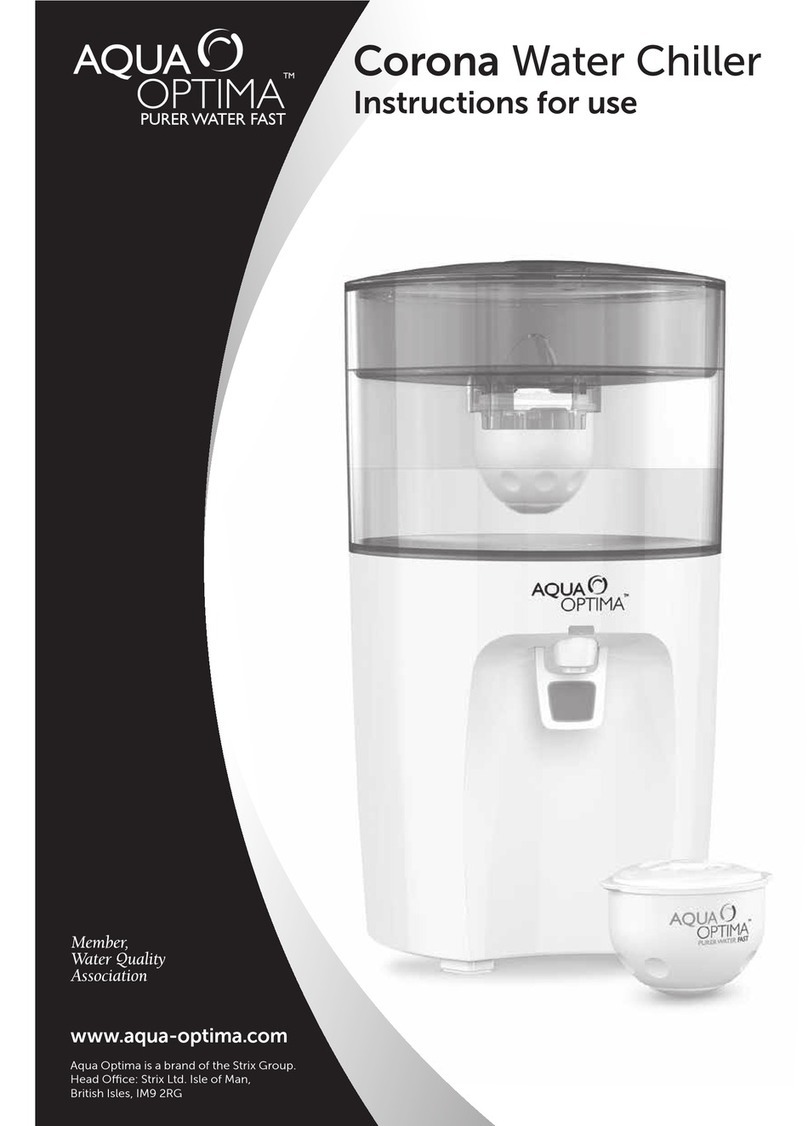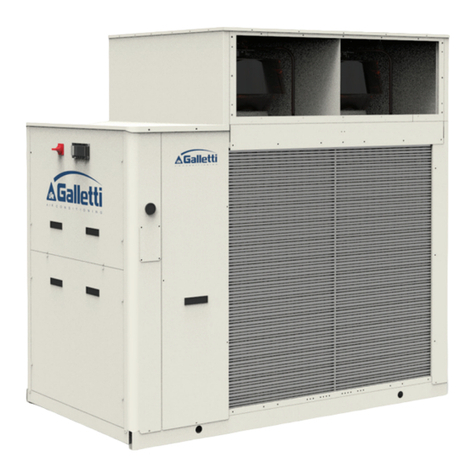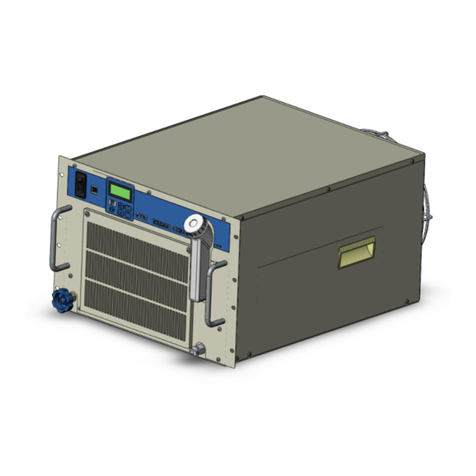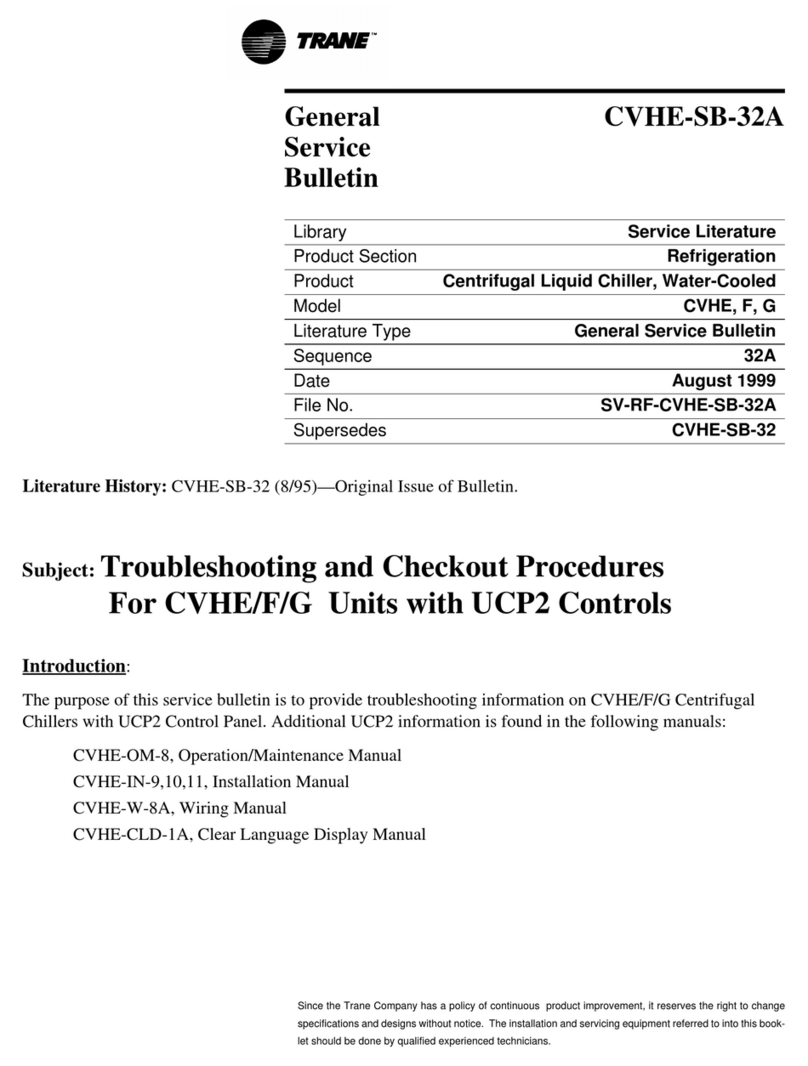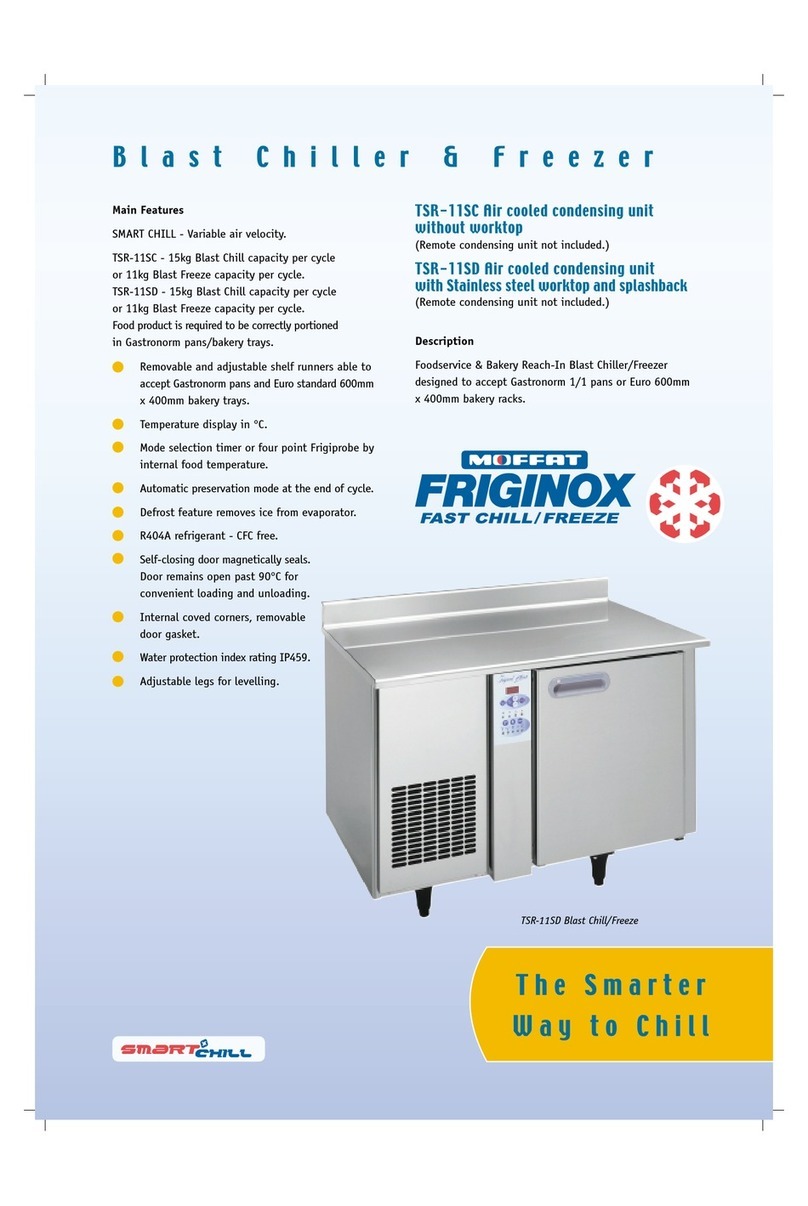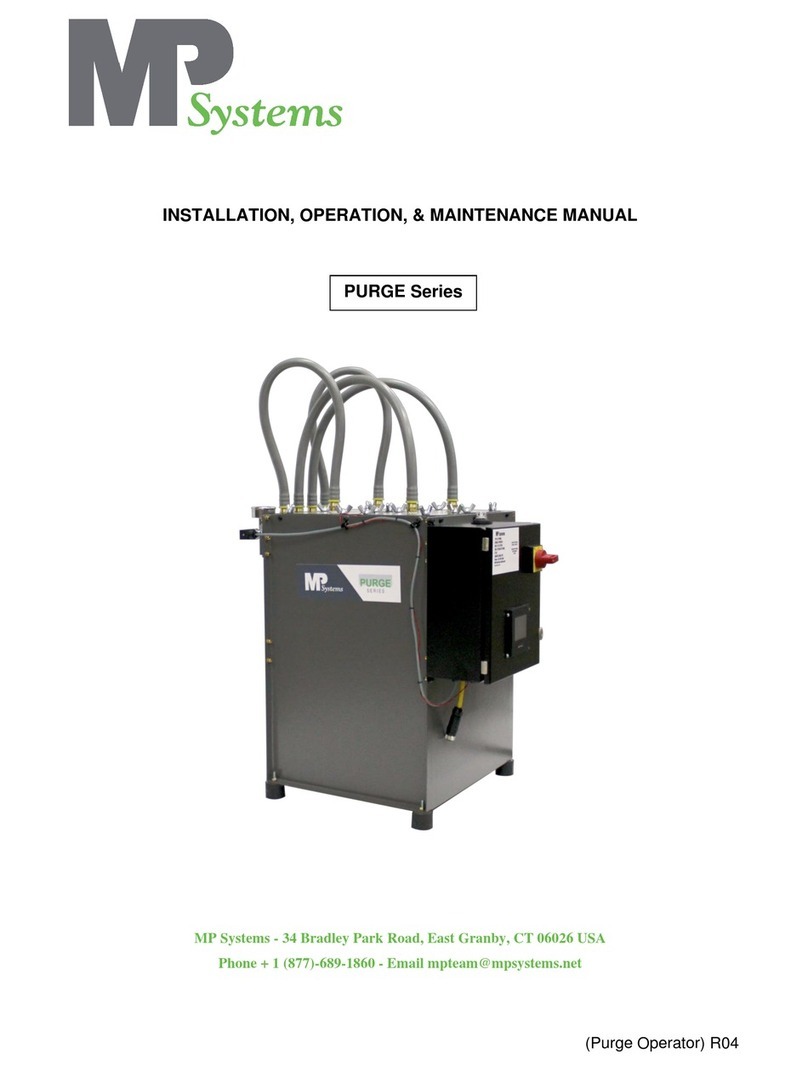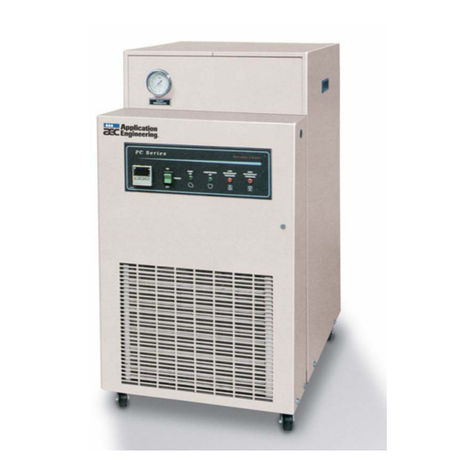
2
Figure 1 - Low Prole Cylinder Components
Ram Plunger
Cylinder
Housing
Female Coupler
3/8” NPTF
Dust Cover
Save these instructions. For your safety, read and
understand the information contained within. The owner
and operator shall have an understanding of this product
and safe operating procedures before attempting to use
this product. Instructions and safety information shall be
conveyed in the operator’s native language before use of
this product is authorized. Make certain that the operator
thoroughly understands the inherent dangers associated
with the use and misuse of the product. If any doubt exists
as to the safe and proper use of this product as outlined
in this factory authorized manual, remove from service
immediately.
Inspect before each use. Do not use if leaking, broken,
bent, cracked or otherwise damaged parts are noted. If the
cylinder has been or suspected to have been subjected to a
shock load (a load dropped suddenly, unexpectedly upon it),
discontinue use until checked out by a Williams authorized
service center. Owners and operators of this equipment
shall be aware that the use and subsequent repair of this
equipment may require special training and knowledge.
It is recommended that an annual inspection be done by
qualied personnel and that any missing or damaged parts,
decals, warning/safety labels or signs be replaced with
Williams authorized replacement parts only. Any cylinder
that appears to be damaged in any way, is worn or operates
abnormally shall be removed from service immediately until
such time as repairs can be made.
PRODUCT DESCRIPTION
Williams Single Acting Flat Body Cylinder is designed for
rated capacity pushing, spreading and pressing jobs. A wide
variety of applications exist for this category of product.
Special skill, knowledge and training may be required
for a specic task and the product may not be suitable
for all the jobs described above. Unsuitable applications
would include applications that call for a device to move,
level or support persons, animals, hazardous materials,
mobile homes/dwellings in general, mirrors and/or plate
glass, and/or to connect/secure hatches, components, etc.
between bulkheads. The user ultimately must make the
decision regarding suitability of the product for any given
task and therefore accept responsibility for that decision.
Immediately after lifting, loads must be supported by
appropriate mechanical means.
NEVER use hydraulic cylinder as a support device!
Always check connections before using. Alteration
of these products is strictly prohibited. Use only those
adapters and attachments provided and approved by the
manufacturer.
WARNING: To reduce the risk of personal injury and/
or property damage, ensure that the rated working pressure
of each pressurized attachment be equal to or greater than
the rated working pressure developed by the hydraulic
pump.
!
!
!
INSTALLATION
IMPORTANT! Use an approved, high-grade pipe sealant
to seal all hydraulic connections.
1.
Remove the dust cover and rubber plug from coupler
.
2. Inspect all threads and ttings for signs of wear or
damage, and replace as needed. Clean all threads and
ttings.
3. Connect hydraulic hose from hydraulic pump to the
cylinder coupler. Ensure that there are no uid leaks.
4. Install in-line pressure gauge.
5. Check for leaks in system and have repaired by qualied
personnel.
Note: The use of cylinder attachments or extensions
reduces the cylinder capacity by at least 50% per
attachment/extension.
Before operating the pump, tighten all hose
connections with proper tools. Do not overtighten.
Connections should only be tightened securely and leak-
free. Overtightening can cause premature thread failure or
high pressure ttings to burst.
Before repairs are made, depressurize cylinder.
Tips for hydraulic hoses & uid transmission lines:
• Avoid short runs of straight line tubing. Straight line
runs do not provide for expansion and contraction due
to pressure and/or temperature changes.
• Reduce stress in tube lines. Long tubing runs should be
supported by brackets or clips.
BEFORE USE
1. Before using this product, read the owner's manual
completely and familiarize yourself thoroughly with the
product, its components and recognize the hazards
associated with its use.
2. Verify that the product and the application are compatible.
If in doubt, call Williams tech. service (866) 460-7995.
3. Inspect before each use. Do not use if bent, broken,
leaking or damaged components are noted.
4. Replace worn or damaged parts and assemblies with
Williams authorized replacement parts only .
!
!
